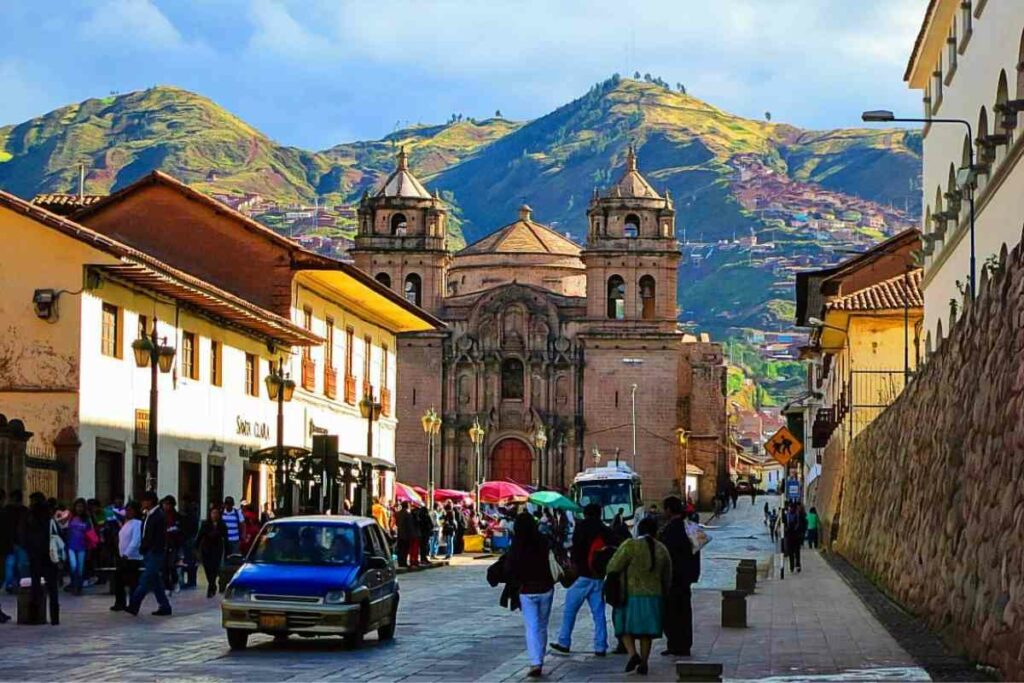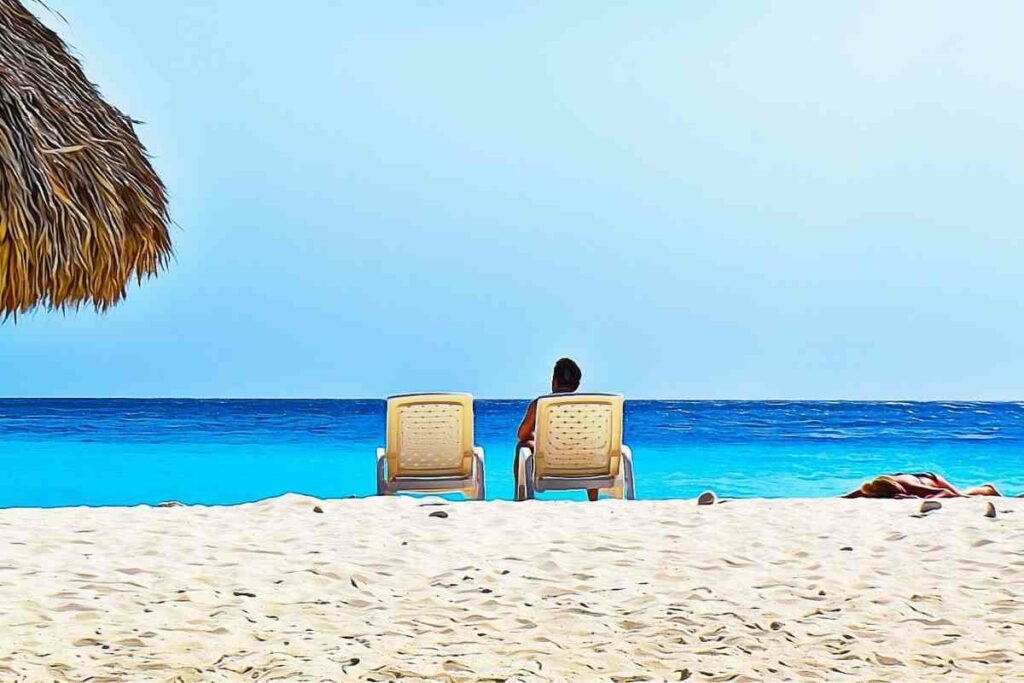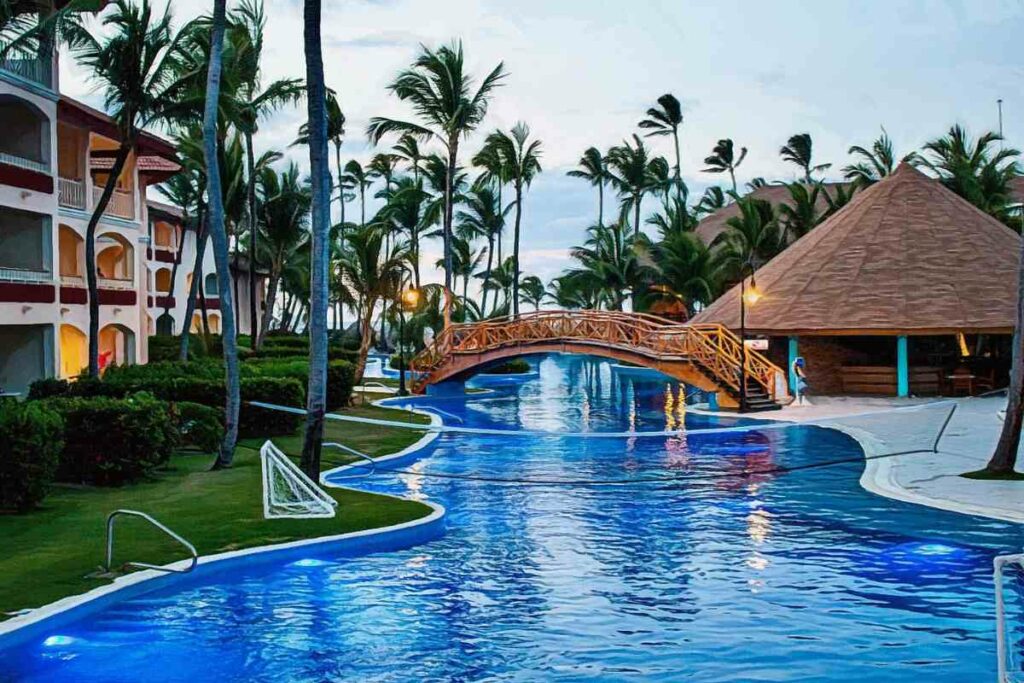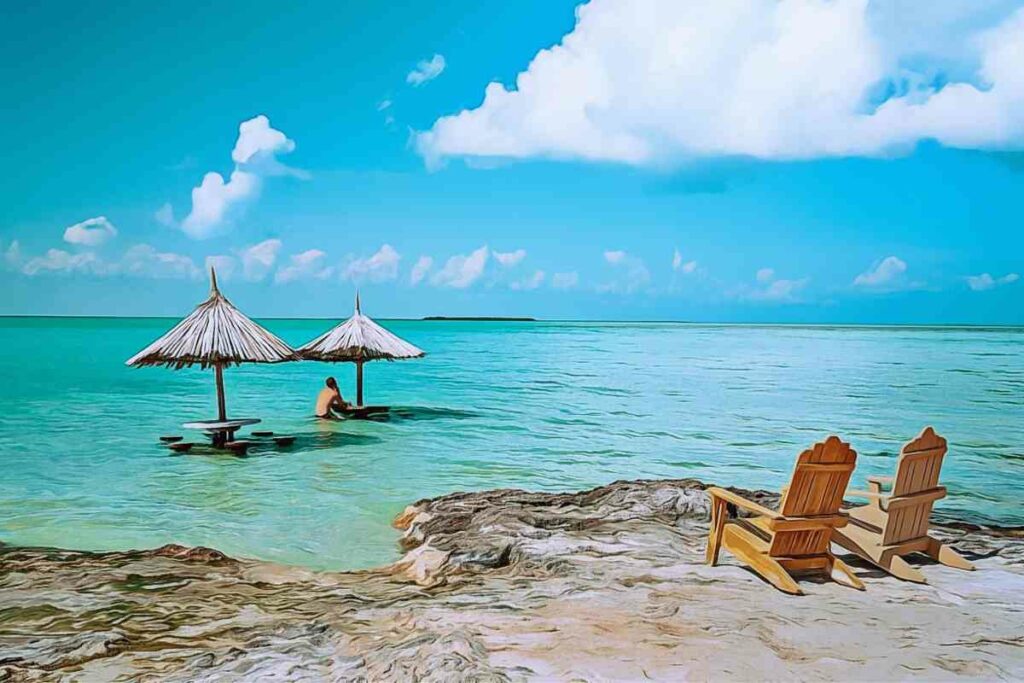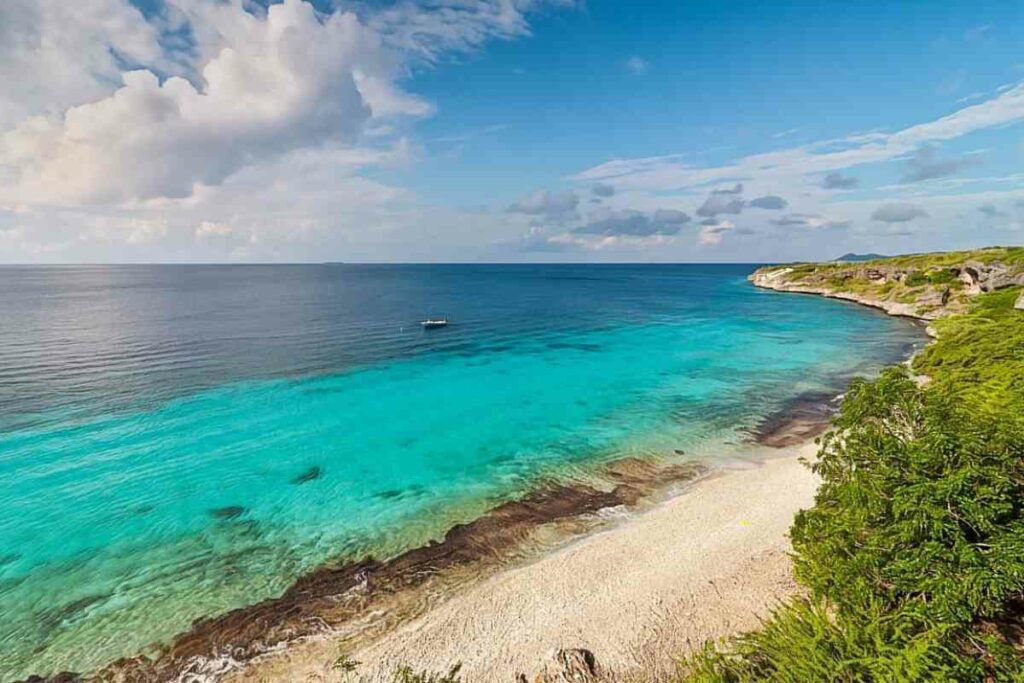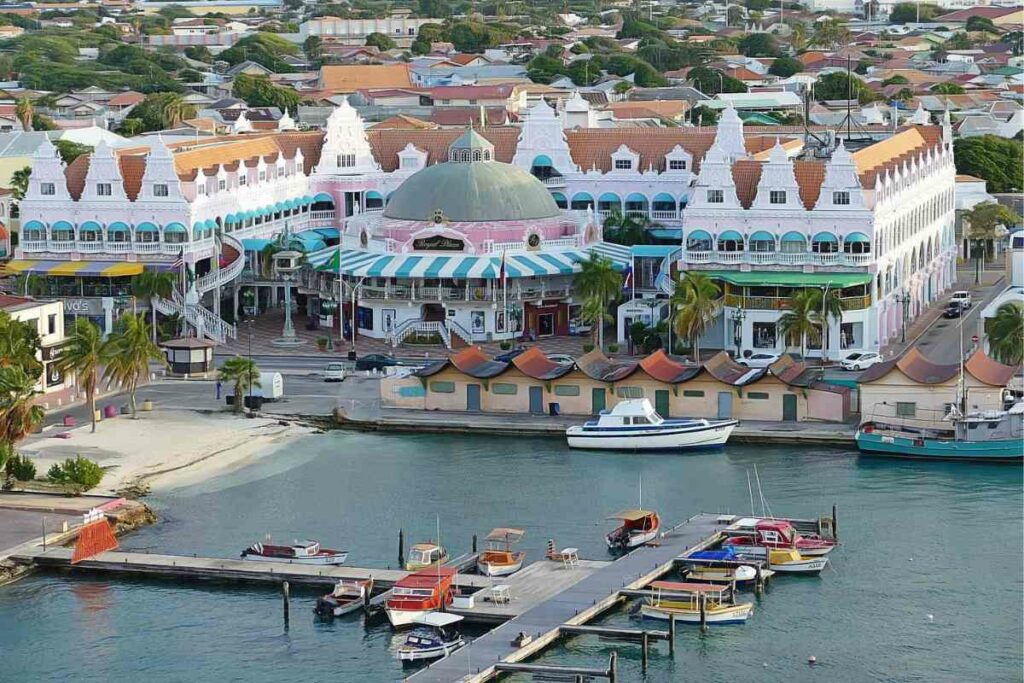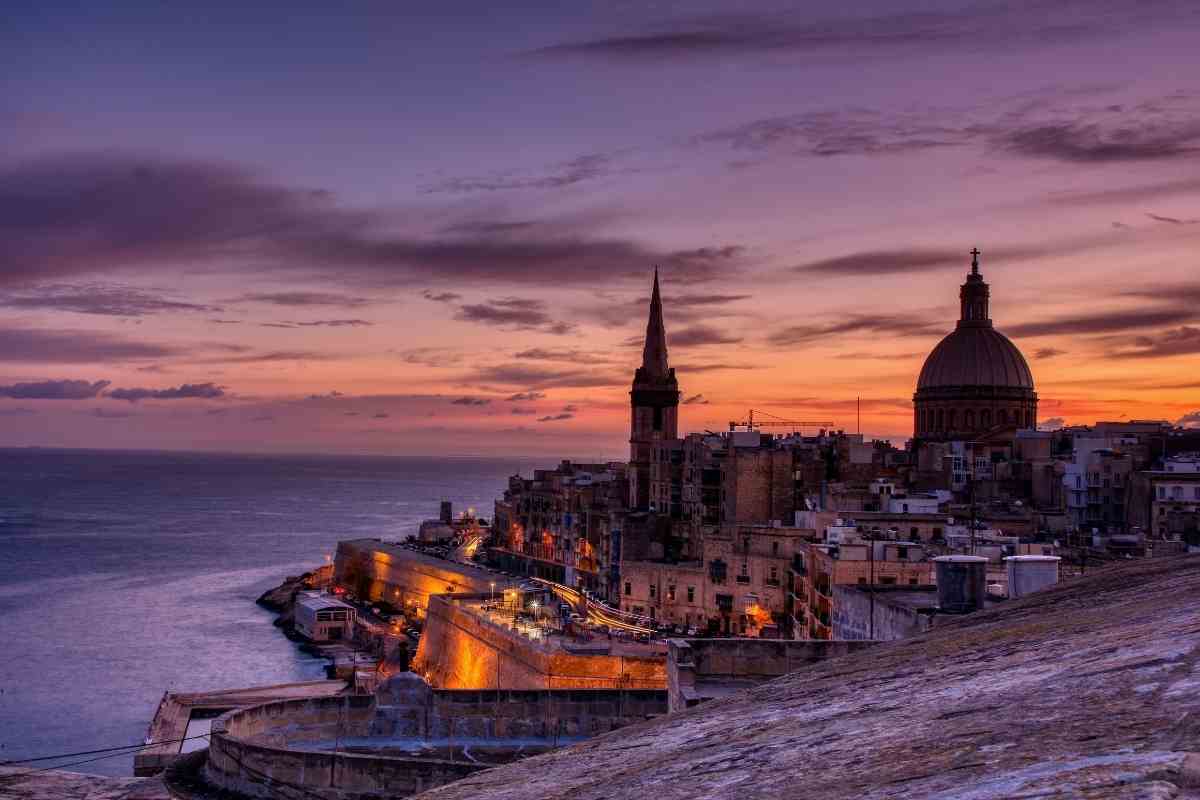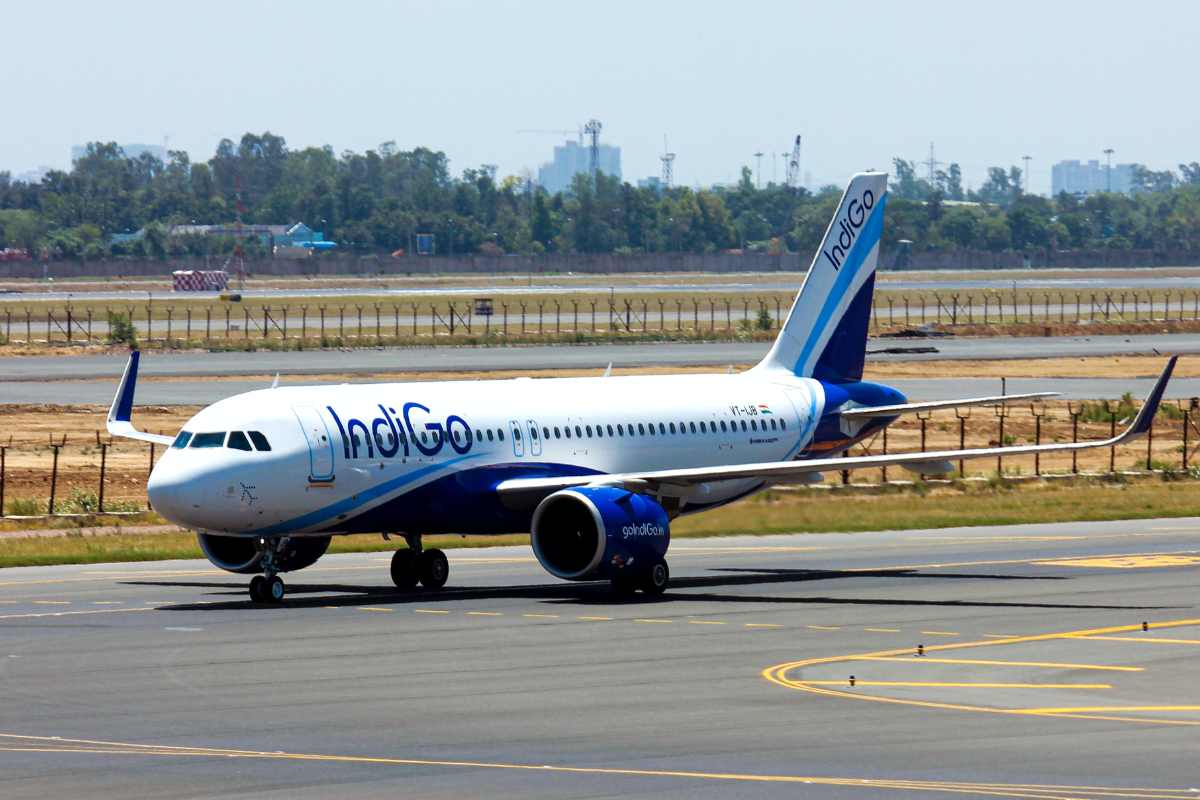Choosing the best time to visit Patagonia is a difficult thing because seasonal variations are a part of life in Patagonia like most everywhere else in the world.
There are advantages and disadvantages to every season.
Deciding whether to go to Patagonia when it’s warm, less busy with tourists when you can feasibly see penguins, or ultimately cheaper are the big questions needing to be answered.
What to Expect?
Patagonia overlaps between Argentina and Chile.
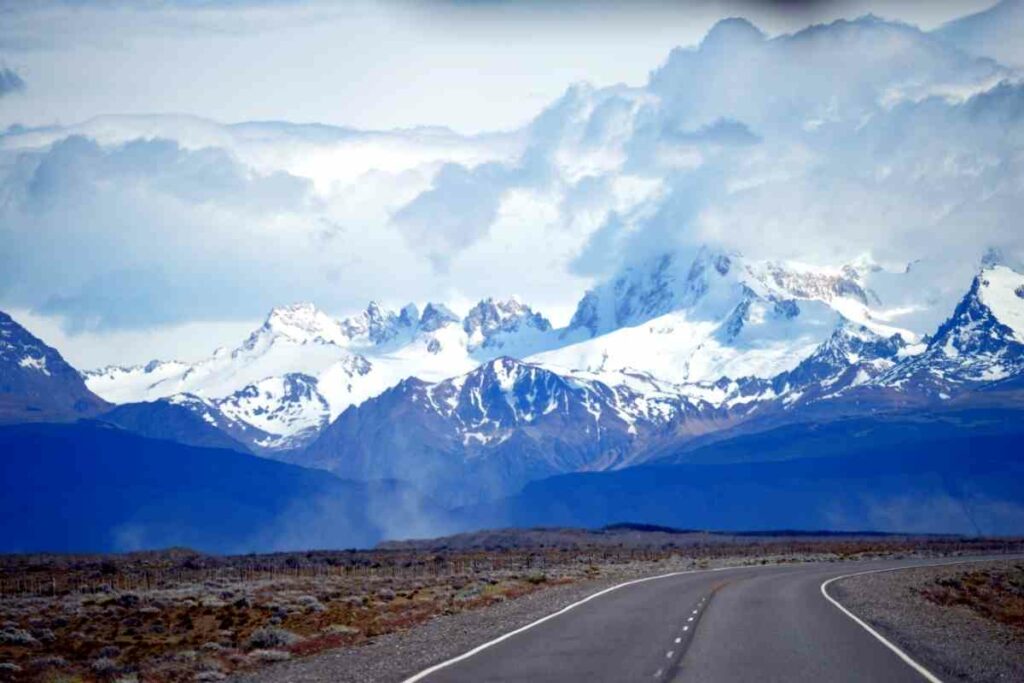
It’s a dream destination for many international travelers, and you probably won’t find a single person in the world who wouldn’t want to visit this remote corner of the world.
Patagonia features amazing scenery, abundant wildlife, and one of the best hiking trails in the world.
If you are asking yourself when to visit Patagonia, in this article we lay out some key things to know before your journey begins.
Related reading: Learn about the Sacred Humantay Lake in Peru a step away from Cusco and the Inca Trail
We realize for many Patagonia represents an expensive destination that is difficult to visit. However, we encourage you to research and then decide what’s best for your budget and interests.
The most important thing to understand is that Patagonia is a four-season destination, and you can visit it at any moment of the year.
There are distinct seasons in both Chile and Argentina, with each one having different weather patterns and distinct pros and cons.
When to Go to Patagonia
If you enjoy the cold, Patagonia is the place to visit!
Patagonia lies in the southern hemisphere and has a summer season that runs from December to March.
However, if you live in the northern hemisphere, this may not be an ideal time for you as it will involve breaking from the norm and taking your bulk of annual leave either during the Northern Hemisphere winter around Christmas and New Year or within the first few months of the new year.
It leaves with you a chunk of long months at work if you use up all your vacation time so early but hey, it’s a holiday you’ve gotta do just that once.
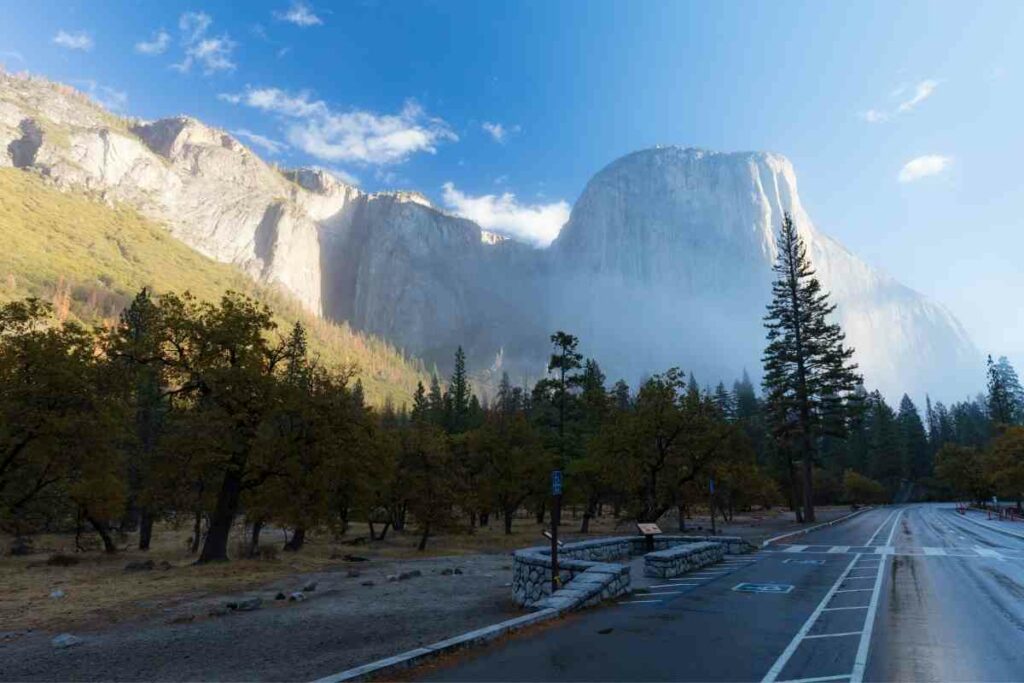
So, let’s get this straight, this is not a warm sun holiday and it gets colder the further south you travel. Pucon and Puerto Varas could be considered the warmest areas during your trip to Patagonia and even the summer months brings cold cold winds to chill you.
Patagonia’s best time for adventure is during the Southern summer months of November to March.
If this trip is on your bucket list but you can’t take a whole lot of annual leave, then it will coincide nicely with your winter break from work.
December has a good mix of clear days and sunny days as well as stunning sunsets.
Summer
Summer is the best time to visit Patagonia.
Summer in Patagonia features long days, which is super important if you plan on doing a lot of hiking or even driving.
Typically in summer, there are between thirteen to fifteen hours of daylight. Moreover, the days are warmest in summer, though the strong wind chill factor makes it feel a hell of a lot cooler.
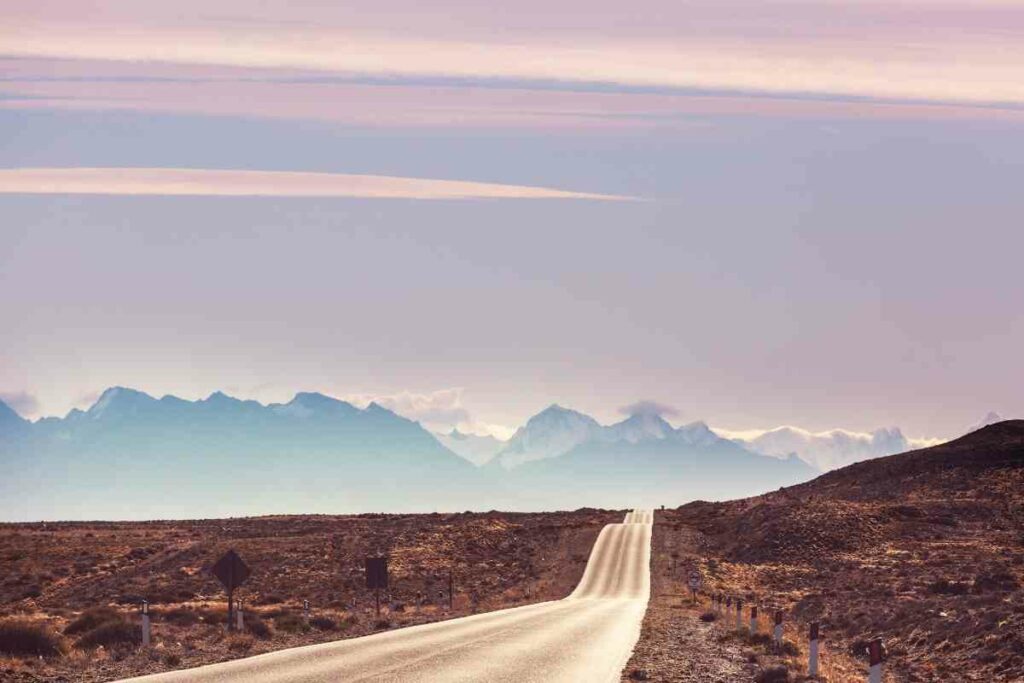
Summer in Patagonia offers the best weather but two major factors might affect your choice of time to visit.
There are crowds in Patagonia in summer and you may wish to be far from the madding crowd or in the thick of it.
Only hikes in the vicinity of El Chalten, such as Laguna de Los Tres and Laguna Torre, Perito Moreno Glacier near El Calafate, and the entry point to Torres del Paine, together with Mirador Las Torres, felt overly crowded.
However, if crowds are the last thing you want, escape, even in the summer season, to off-the-beaten-path secrets such as Pumalin National Park and Patagonia National Park, where you will almost certainly not see another person throughout the day.
Aside from the fact that some of the trails are extremely crowded, costs may also persuade you to postpone your travel plans until a more favorable time of the year.
Fall
Like in so many states in the U.S., Patagonia’s Fall is all about gorgeous colors and a less frenetic pace for your vacation.
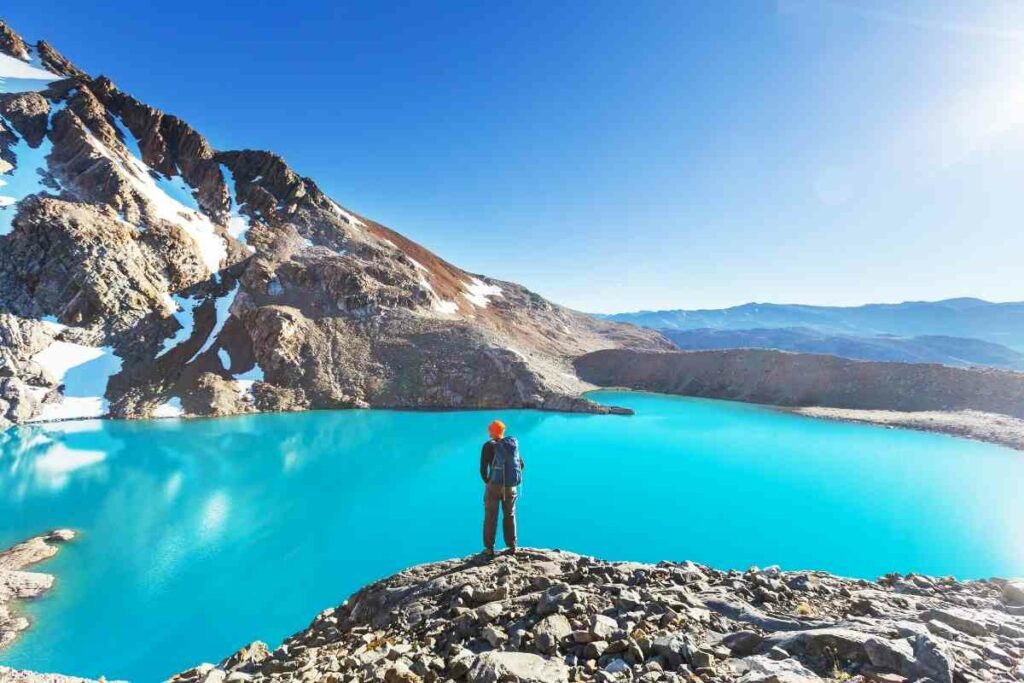
You’ll find that the temperatures are quite cool yet the winds are less powerful and this often proves to be the best time to take a hike
The landscape in Patagonia changes again in the fall when the trees turn brilliant colors. Some wooded areas are absolutely lovely.
As a Result – Many tourists believe that the end of April is the optimum time to visit Patagonia. Fall also appeals greatly to photographers seeking to capture all of this beauty on camera.
Prepare for the weather to drop by October, when temperatures may fall as low as 40 degrees Fahrenheit.
Bring some warmer clothes with you if you’re traveling from March through October.
Winter
Winter in Patagonia aligns perfectly with normal vacation time but, crikey, it sucks in terms of visiting this wonderful land in Winter.
The winter in Patagonia is one of the most challenging seasons to visit, and it’s also the season that many people avoid.
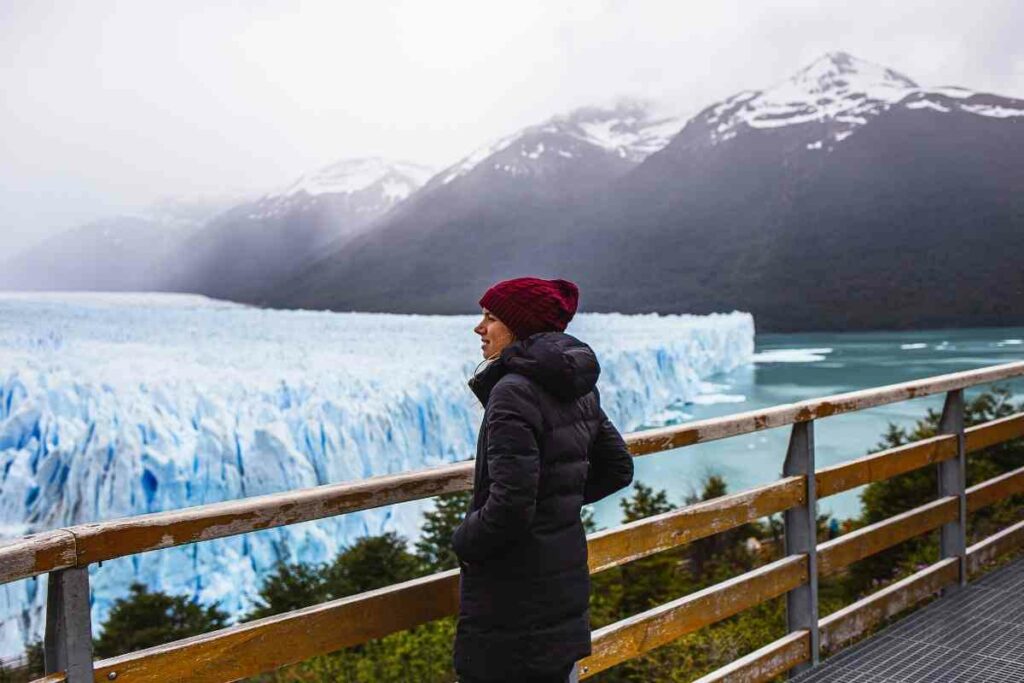
The winter in Patagonia begins in June and lasts until September when it is the most difficult time to visit.
The days are shorter in Patagonia than they are in the United States, so keep that in mind before you start planning your journey. Limited daylight means limited opportunity to go on various activities.
Like most countries in winter, Patagonia is no exception when it comes to reduced transport services and other tourist hospitality enterprises. Think empty hotels (without Jack Nicholson) and tumbleweeds. Just kidding.
At every turn, your best-laid plans may be challenged. Camping areas may be closed or just too cold to be any way enjoyable and guided hikes are hens’ teeth.
If you take one piece of advice from this article, it’s that you should avoid going to Patagonia during June and September. It’s hard and certainly not for first-time hiker/backpackers.
Spring
Without saying too much, spring can be an ideal time to arrive as flora and fauna start to come to life again.
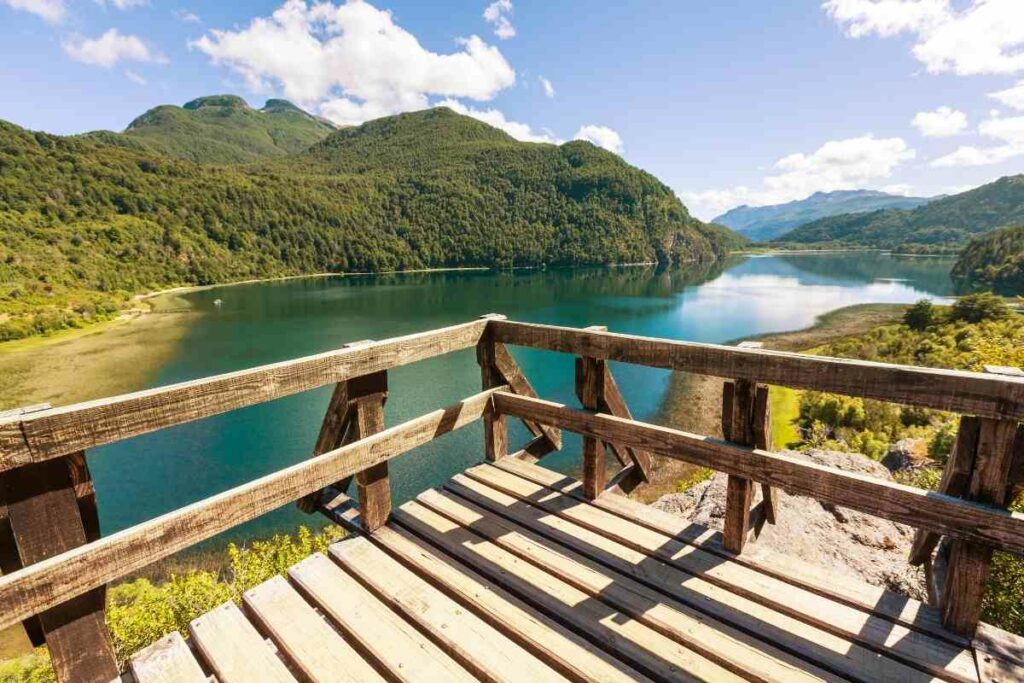
October and November is the perfect time for budget travelers and people who want to save money while traveling while and still enjoy the outdoors.
Weather in Patagonia
If you’re researching when is the best time to visit Patagonia, I’m not going to lie. It’s complicated.
Patagonia has a very diverse climate and depending on what you want to do there it can be difficult to find an ideal time of year.
Here are some things that might help:
The weather in Patagonia is unpredictable so dress for all conditions and invest in the proper gear before arrival.
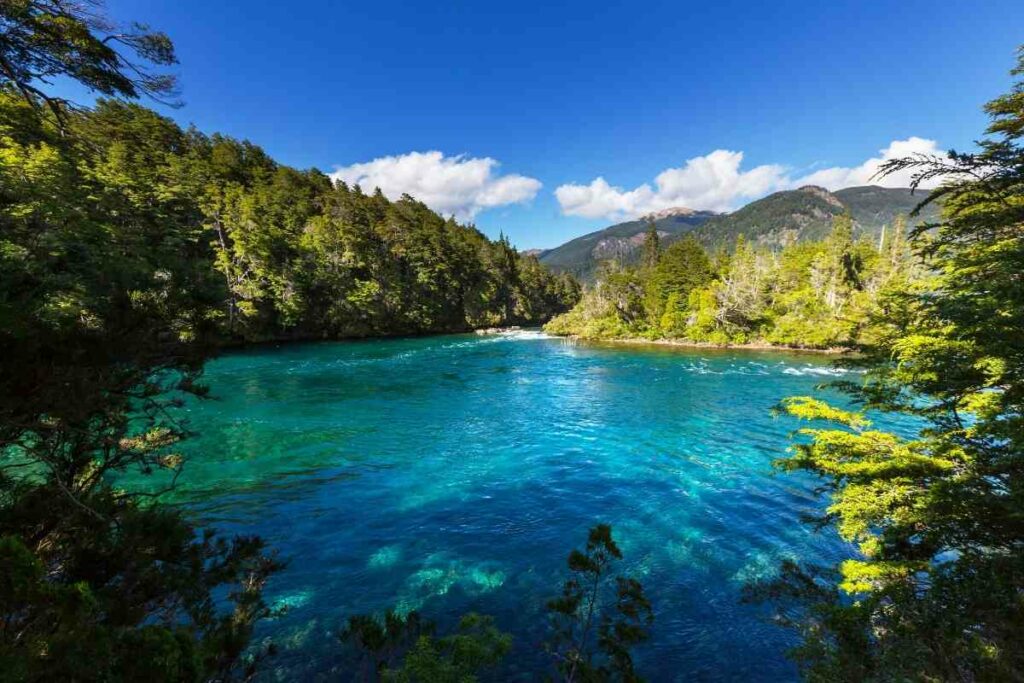
This will ensure that your days here are as comfortable as possible while you head out on various excursions like hiking.
There’s a saying we have in Ireland relating to the mountains around Killarney, if you can’t see the mountains it’s raining. If you can see the mountains it’s going to rain.
If ever there was another place worthy of this Patagonia. Ice-cold showers swoop in at a moment’s notice to chill you and soak you at once. What I’m trying to say is to have your gear in order. The right clothing, shoes, and camping gear are worth the investment.
Patagonia is a remote region that experiences harsh weather conditions. Make sure to arrive here prepared to enjoy all your adventures, activities, and the best day hikes in Patagonia fully!
Chilean and Argentinian Patagonia
The best locations to visit in Patagonia are on the western and southern sides of the region. The general rule is that the further south a destination is, the colder it will be.
From a tourist perspective, the center and eastern Patagonia are uninteresting, but only a few people go there.
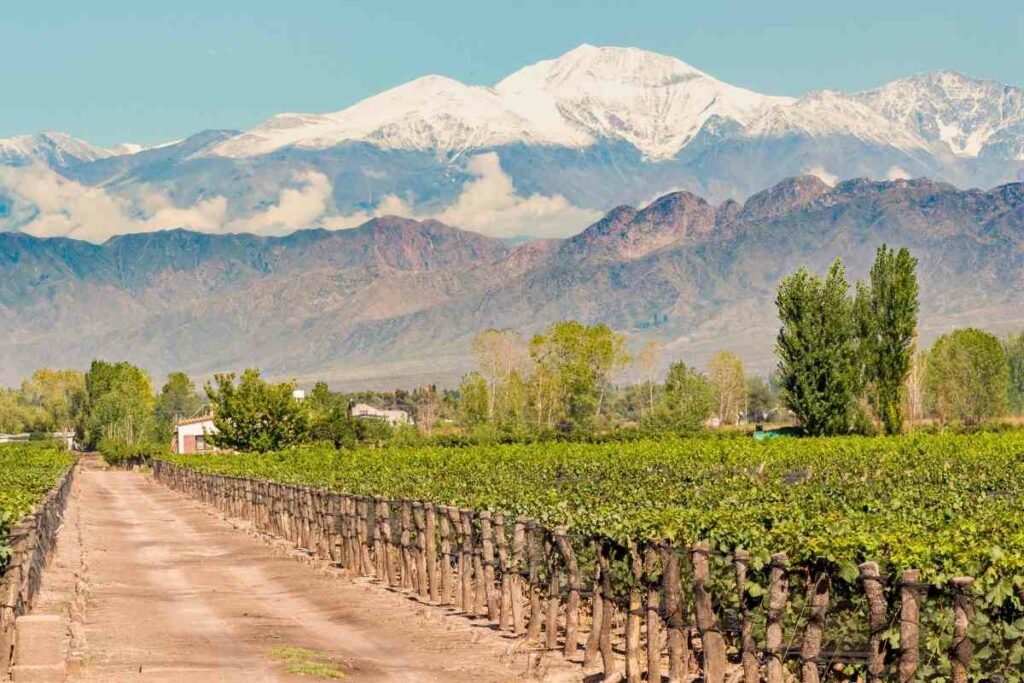
The border between Chile and Argentina in the southern section of the region is not entirely straight, thus you’ll need to pass through a few times to take in all of the finest locations.
Luckily crossing borders between both countries is pretty straightforward so don’t be alarmed if you find yourself weaving back and forth between Chile and Argentina.
Why is Patagonia so Windy?
Patagonia is notorious for being windy. It’s because Patagonia extends so much further south than other landmasses. As a result, the wind is much stronger here with nothing in its path so slow or disrupt it. This shapes the land and in turn, its inhabitants.
In Summer – You can experience wind speeds exceeding 100 km/h. I would say hold on to your hats but you may well not have one. Whatever you wear on your head make sure it’s tied down hard, even purchase some headwear like the locals have and give a little revenue back to the indigenous economy.
Having the right clothing is an absolute must when going on any activity.
The mere task of walking can sometimes be so difficult with the prevailing wind and gusts which can knock you backward and off your feet.
Activities in Patagonia
With all the activities to do in Patagonia, it can be hard to narrow down your list.
And with so many places to go and things to see, you don’t want to miss anything! That’s why we’ve made a list of five activities that are not only fun but also offer something for everyone.
From biking through the mountains, hiking up volcanoes, or skiing on glaciers, these are just some of our top 5 favorite things to do in Patagonia. Enjoy!
Subsequently, there is no one way for this adventure-filled country to be explored.
You can bike through its beautiful mountains or hike up its majestic volcanoes; you could ski on its gorgeous glaciers or kayak down its rushing rivers.
Top 5 Activities to do in Patagonia
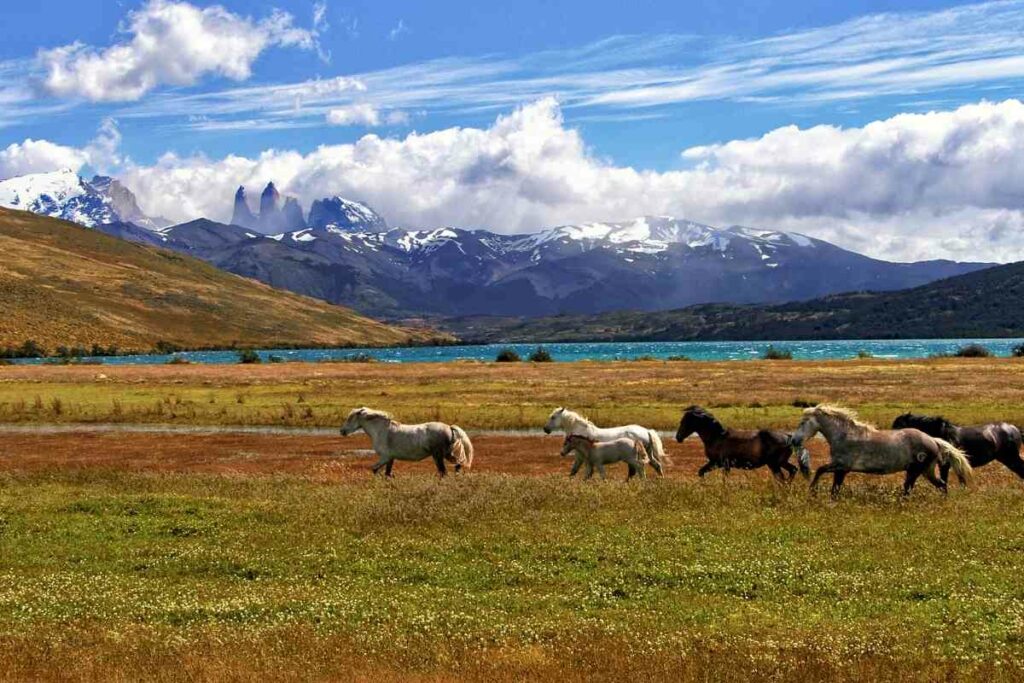
- Hiking – The best way to see the natural beauty of Patagonia is by hiking, and there are trails for every level of ability. Hikes last from a few hours to several days and can be taken as part of a group or on your own. If you’re not sure where to start, we recommend visiting Torres del Paine National Park, which offers amazing views and many different hikes with varying difficulty levels.
- Biking – An activity that’s popular among both locals and tourists alike, biking is an excellent way to explore the area at your own pace without any traffic hassles (although watch out for those pesky dogs). There are bike rentals available all over the country, and biking is a great way to see how the locals live.
- Camping – If you’re looking for an adventure, try camping out under the stars in some of the best places in Patagonia. Campgrounds are all over the country and offer everything you need, including bathrooms and places to purchase food.
- Horseback Riding – Patagonia is a great place for riding horses for both locals and tourists. From short rides to multi-day trips into the wilderness, there are tours available for everyone.
- Skiing – And of course, there are ski resorts around the country. From short runs to long slopes, skiing is a fantastic way to experience the beauty of nature while also having fun.
What Animals Can I see in Patagonia?
The animals of Patagonia are diverse, and you can find many species in the region. The most common animals in this area are birds like condors, sheep, guanacos (a type of wild llama), and deer.
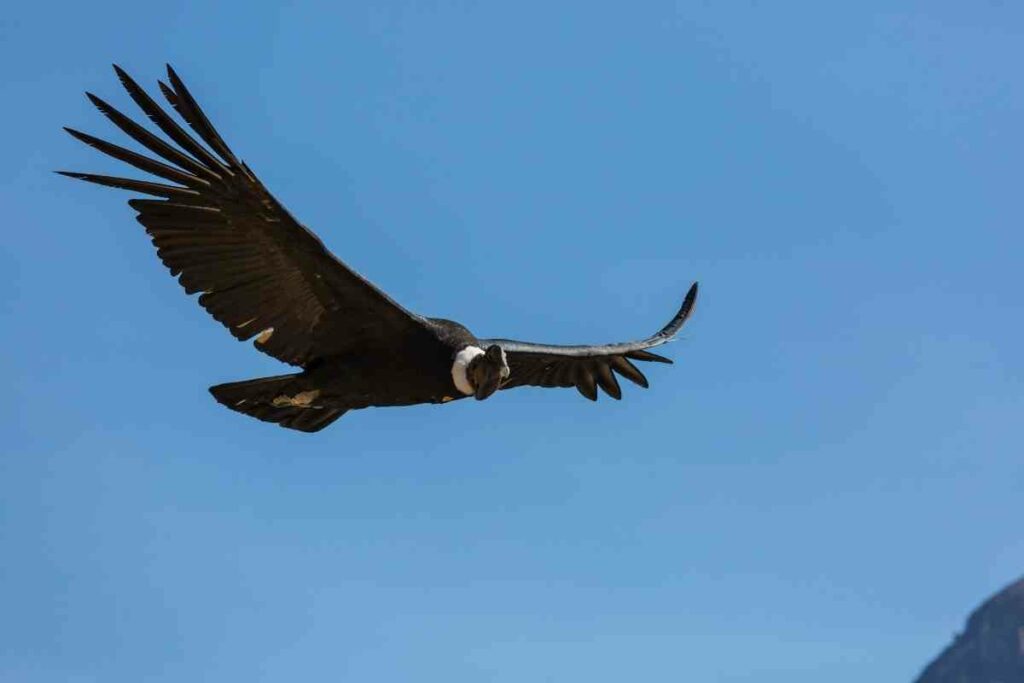
There are also foxes, coyotes, armadillos (small mammals with an armored shell on their back). You may also see some wild cats such as pumas or ocelots if you’re lucky!
Nice Tip – People visiting Patagonia very often take to the sea and go in search of humpback whales and orca watching and you can also see sea otters and South American sea lions.
Places to Visit in Patagonia
Tierra del Fuego
To be completely honest, you could come face-to-face with the guanaco (wild llama) in Tierra del Fuego everywhere!
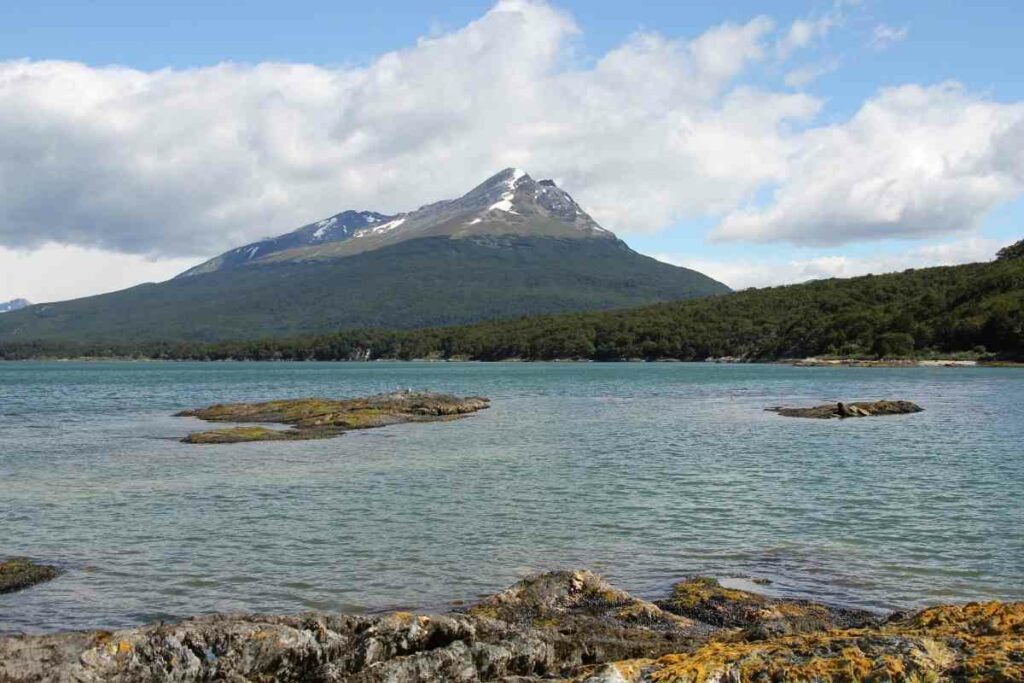
They are considered to be the most common of all mammals in this area. They can be seen grazing on the hillsides and plains, or crossing roads at night.
People who explore the coastal regions may come across marine wildlife such as sea lions and fur seals. Penguins such as Magellanic penguins and other species of different seabirds are also found in large numbers here.
Magellan Strait
If you’re lucky, you might spot a lone male southern elephant seal as they spend most of their time alone.
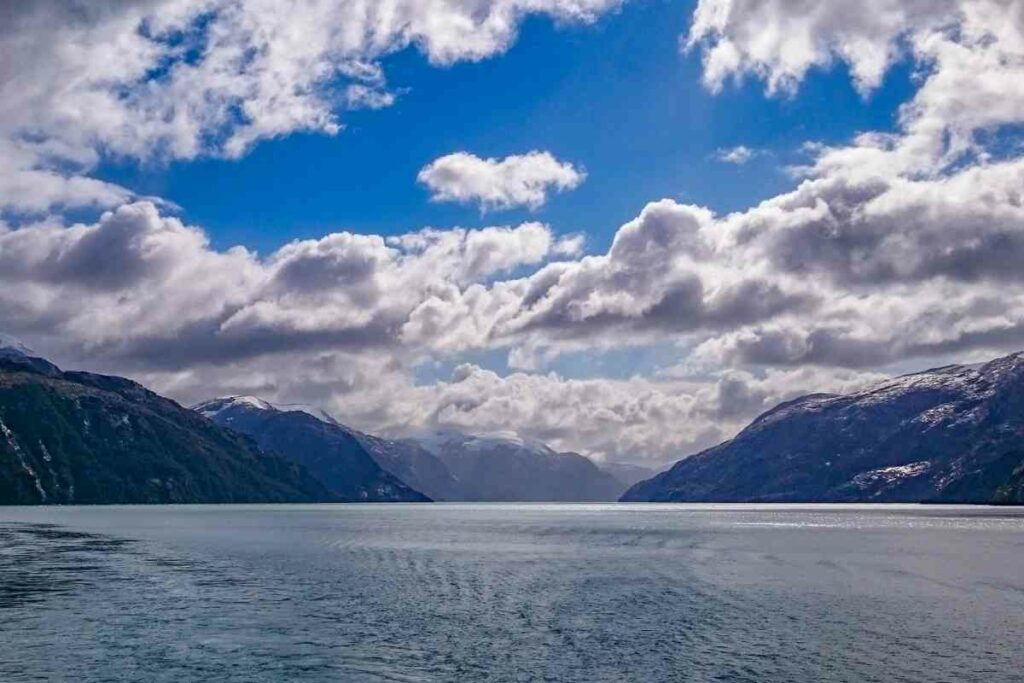
On the other hand, if you observe wildlife from the sea, orcas and humpback whales are your best bet.
Humpbacks can be spotted around Punta Delgada during their annual migration from July to September every year.
Carretera Austral
As mentioned before, guanacos are found in this area too.
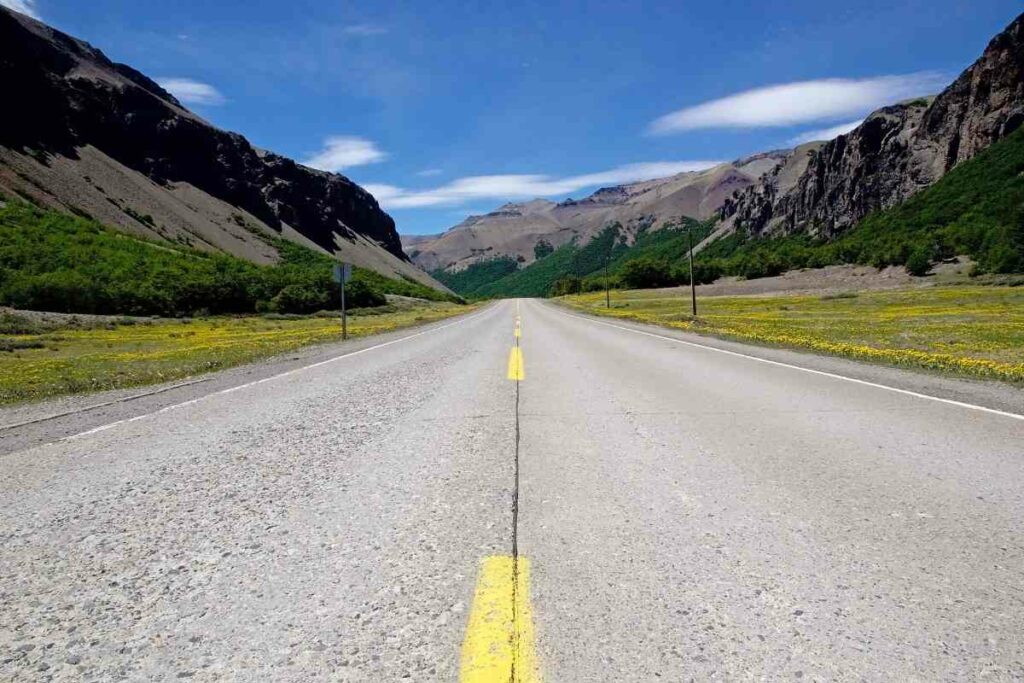
Apart from that, do not leave your house without observing wildlife with a telescope because there is always something to see!
If you’re lucky, you might even spot a puma or a condor!
Atlantic Patagonia
As you can imagine, most of the animals found in this area are sea creatures.
Sea lions, elephant seals, and orcas are typically found here during their annual migrations.
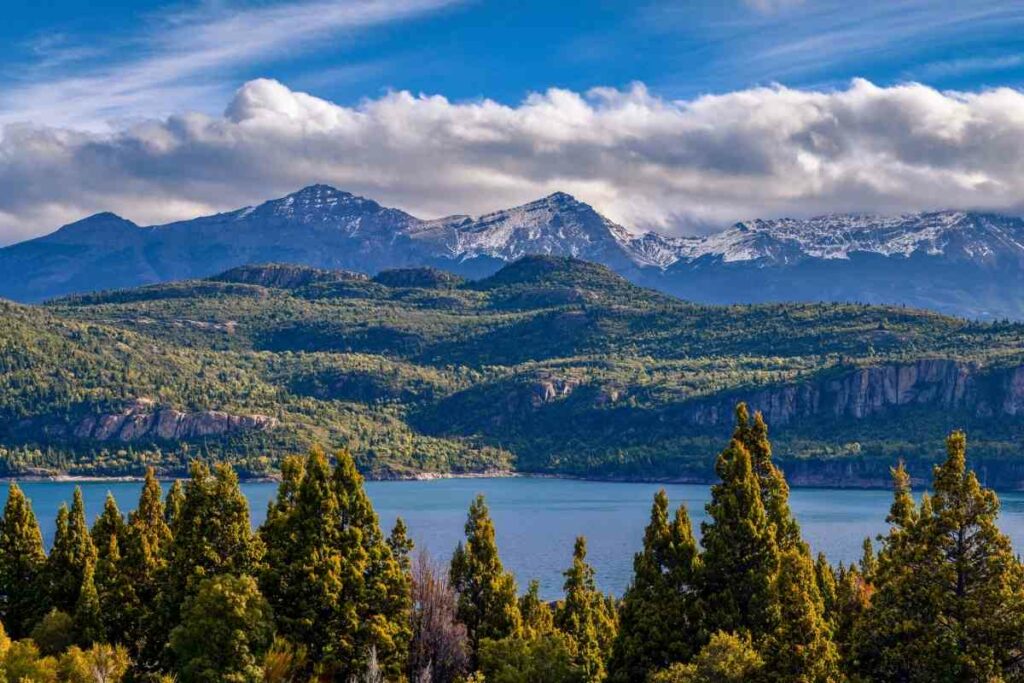
Penguin species such as Magellanic penguins, Humboldt penguins, and rockhopper penguins are also commonly spotted around landlocked bodies of water.
Other Areas to Visit in Patagonia
It’s known for its rugged beauty, vast wilderness, and abundance of both flora and fauna. It has tremendous biodiversity – more than anywhere else in the world except the Amazon rainforest.
The word Patagonia comes from an ancient Greek word meaning “land of big feet” or “big-footed people” which was what they called indigenous inhabitants who lived there before Europeans arrived.
The name later became synonymous with the whole southern part of South America (from Tierra del Fuego to Panama).
This area contains some amazing destinations that you should consider visiting if you get the chance:
- Queulat Hanging Glacier
- Villa O’Higgins
- Puerto Varas
- and Carretera Austral journey
Puerto Varas
A stunning resort town located on the Chilean side of Lake Llanquihue, Puerto Montt is a major port city and popular tourist destination.
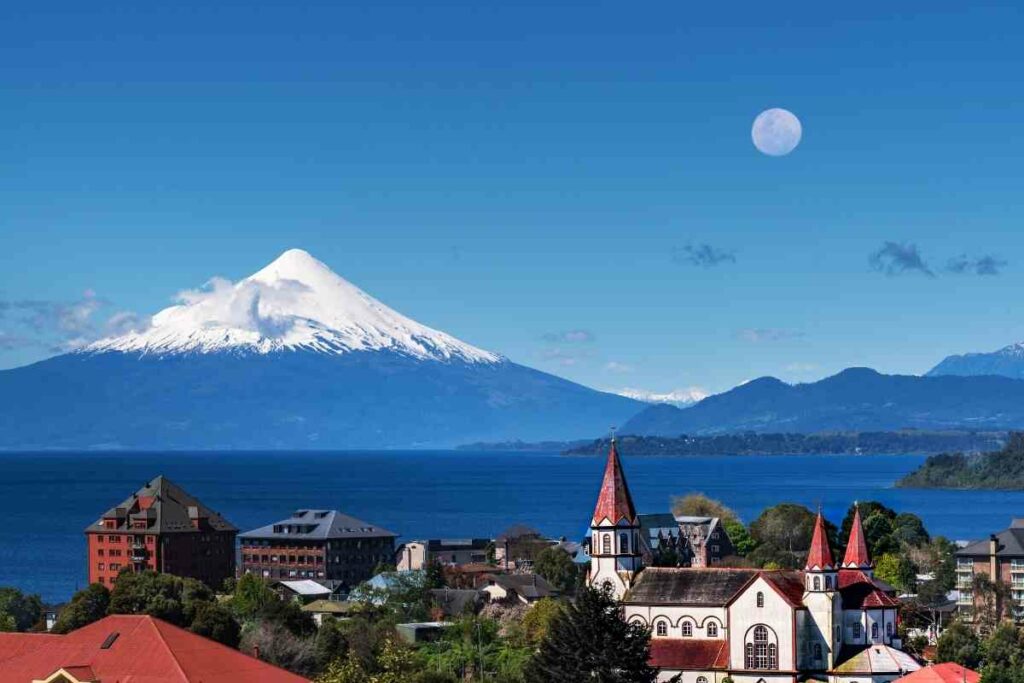
Its calming atmosphere makes it the perfect place to relax after you’ve spent time in the hustle and bustle of Punta Arenas or Puerto Natales.
For Example – It offers many activities such as kayaking, horseback riding tours, and snorkeling among other things like bicycle rentals to enjoy this area.
Villa O’Higgins
Located in Chile near the border with Argentina (you can see it from Argentinian territory if you look far enough).
It is an important stop on the Carretera Austral, a 1,300 km route that stretches through southern Chile starting at Puerto Montt and ending in Villa O’Higgins.
The town offers great forest hikes and panoramic views over the surrounding lakes from its hillside location.
Pucon
A popular summer resort town in Chile, Pucon has a wide variety of activities perfect for any outdoor enthusiast.
It’s located near the Villarica Volcano and is surrounded by the beautiful Llanquihue Lake with various rivers and waterfalls to explore while you are there.
The Marble Caves
Located between Villa O’Higgins and El Chalten in Argentina, these caves are filled with natural rock formations created over thousands of years from calcite deposits.
A boat ride on the lake surrounding them is a must-do part of your trip.
Torres del Paine
Located in Patagonia National Park, Torres del Paine is one of South America’s most spectacular national parks.
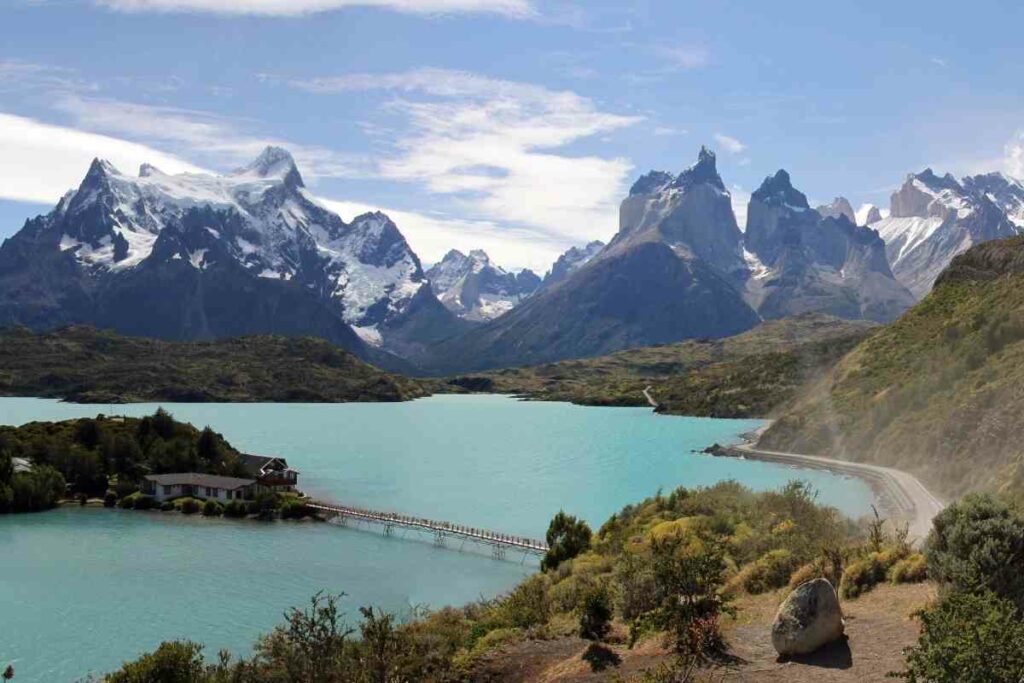
The park is also a UNESCO World Biosphere Reserve and contains 350 glaciers, 1500 lakes, and 18 mountain peaks.
This area is a paradise for outdoor enthusiasts with activities such as hiking, kayaking in the lake waters, and watching king penguins arrive in Punta Arenas via boat.
Queulat Hanging Glacier
The Hanging Glacier, also known as Ventisquero Colganteis, is a 215-meter high glacier located in a valley between a mountain range and a steep rock wall, hanging from the top of a cliff overhanging the lake below.
Stay in the nearby town of PUYUHUAPI and choose the longest of 4 hiking routes, Sendero Ventisquero Colgante, to see the best vista of the glacier and hear the echoes of cracking ice echo around the valley.
- Peru vs. Ecuador: Which South American Nation Reigns Supreme?
- Best Beaches in Curaçao Near Cruise Port
- When Is the Best Time to Visit Punta Cana?
- Choosing the Best Beaches in Central America for You
- Finding the Best Beaches in Bonaire Near Cruise Port Stops
- When Is The Best Time To Visit Aruba? High & Low Seasons

